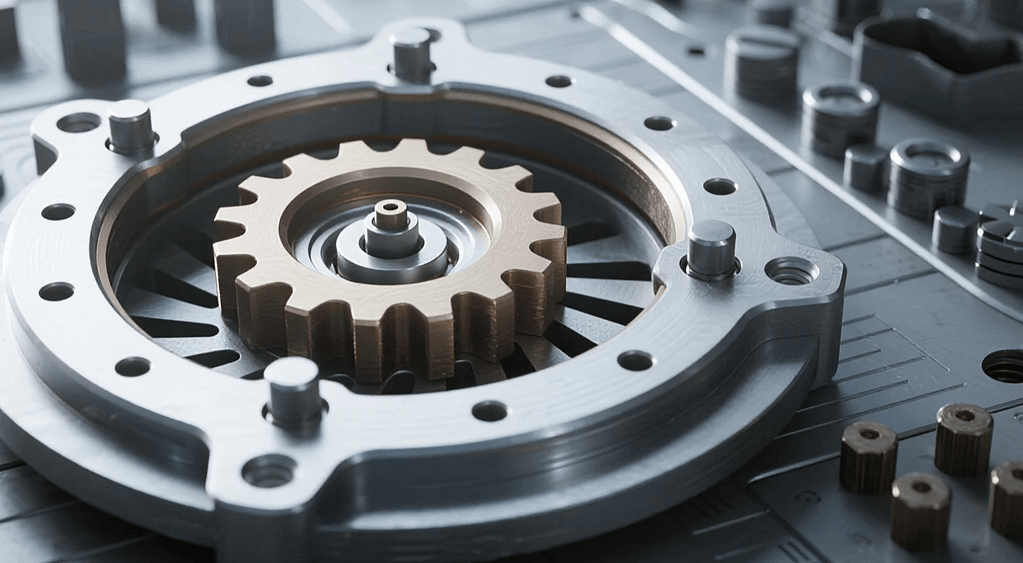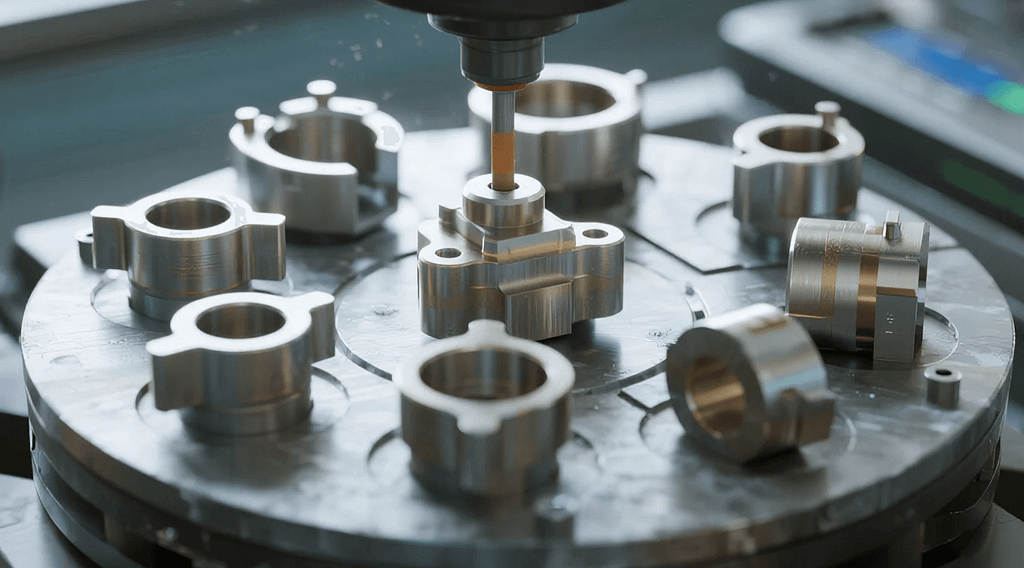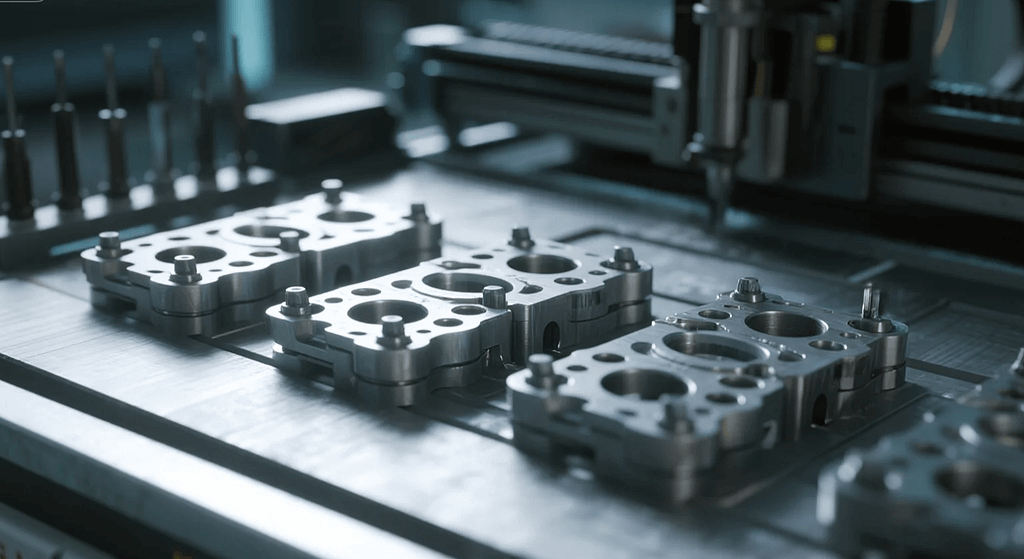In the competitive landscape of modern production, manufacturers are constantly seeking innovative ways to reduce costs, improve efficiency, and create parts that were once impossible to produce. Enter metal additive manufacturing, a groundbreaking technology that is fundamentally changing how goods are designed and produced. This process, also known as 3D printing with metal, builds parts layer by layer directly from a digital design file. Unlike traditional subtractive methods like machining, which remove material from a solid block, additive manufacturing adds material only where it is needed. This revolutionary approach not only minimizes waste but also opens up a new realm of design possibilities, from intricate internal geometries to lightweight yet incredibly strong components.
The Core Principles of Metal Additive Manufacturing

At its heart, metal additive manufacturing relies on the principle of building an object from the ground up, one cross-section at a time. The process begins with a 3D CAD model, which is then sliced into thousands of thin layers by specialized software. This data guides a high-powered laser or electron beam to selectively fuse powdered metal, layer by layer, until the final part is complete. The unfused powder is then recycled for future use, making the process highly efficient in its use of raw materials.
There are several key technologies within this field, each with its own advantages and applications. The most prevalent are Powder Bed Fusion (PBF), which includes Selective Laser Sintering (SLS) and Electron Beam Melting (EBM), and Directed Energy Deposition (DED). PBF is ideal for creating parts with high detail and precision, often used for complex components in aerospace and medical fields. DED, on the other hand, is a versatile process that can be used for repair, coating, and even building large-scale structures by depositing and fusing material onto an existing part. Understanding these different methods is crucial for manufacturers considering which technology best fits their specific needs.
Unlocking New Capabilities for the Manufacturing Sector

The true value of metal additive manufacturing lies in its ability to solve long-standing problems for manufacturers. One of the most significant benefits is the freedom of design it provides. Traditional manufacturing methods impose severe constraints on part complexity, often requiring multiple components to be assembled together. With additive manufacturing, a complex assembly can be consolidated into a single, unified part. This reduces weight, minimizes failure points, and simplifies the supply chain.
For industries like aerospace, this means creating lightweight jet engine components with intricate internal cooling channels that significantly improve performance and fuel efficiency. In the medical field, custom-fit orthopedic implants and surgical tools can be designed and produced with exceptional precision, perfectly matching a patient’s anatomy. The ability to create complex lattice structures further amplifies these benefits, resulting in parts that are stronger and lighter than their solid counterparts.
Another major advantage is the significant reduction in lead times. Prototypes and end-use parts can be manufactured in days rather than weeks or months. This accelerates product development cycles, allowing companies to iterate faster and bring new products to market more quickly. Furthermore, the technology enables on-demand production, eliminating the need for extensive inventory and warehousing. This is particularly valuable for producing spare parts for legacy equipment, where a manufacturer can simply print a replacement component instead of maintaining a costly and often-obsolete physical stock.
Economic and Environmental Implications

Beyond the technical benefits, metal additive manufacturing also offers a compelling economic case. The process often leads to lower material waste compared to subtractive methods. The un-sintered powder can be reused, and parts are built with only the necessary amount of material. This not only reduces material costs but also lessens the environmental footprint of production.
Additionally, the ability to produce highly customized or low-volume parts efficiently makes it an ideal solution for niche markets. Tooling and fixturing, traditionally a time-consuming and expensive part of the manufacturing process, can be quickly and affordably produced using this technology. This allows companies to respond to market changes with agility and take on specialized projects that might have been uneconomical in the past.
However, it is important for manufacturers to recognize that while the cost per part can be higher for large-volume production, the overall value proposition—considering reduced material waste, faster time-to-market, and design complexity—often outweighs this initial cost. Companies that successfully integrate this technology into their workflow find that it complements their existing manufacturing processes rather than replacing them entirely.
The Future of Manufacturing Is Additive
As the technology continues to mature, metal additive manufacturing is poised to become a mainstream pillar of industrial production. Ongoing developments in material science are expanding the range of available alloys, while advancements in machine speed and reliability are making the process more accessible and cost-effective. Manufacturers who embrace this technology today will be well-positioned to lead their industries tomorrow.
よくあるご質問
Q1: What types of metals can be used in additive manufacturing?
A1: A wide range of metals are used, including stainless steel, titanium, aluminum alloys, nickel-based superalloys, and cobalt-chrome. The choice of material depends on the specific application’s requirements for strength, heat resistance, and weight.
Q2: Is metal additive manufacturing suitable for large-scale production?
A2: While traditionally used for prototyping and low-volume production, advancements in technology are making it more viable for larger-scale manufacturing. It is particularly cost-effective for parts with complex geometries or those requiring custom features.
Q3: What are the main limitations of this technology?
A3: Current limitations include relatively high initial machine costs, the need for post-processing steps (like heat treatment or machining), and slower build speeds compared to traditional methods for simple parts. However, these are continually being addressed through technological innovation.